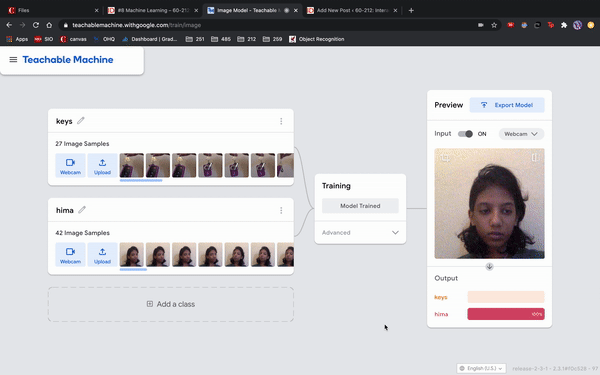on a planet far far away…
60-212: Interactivity and Computation for Creative Practice
CMU School of Art / IDeATe, Fall 2020 • Prof. Golan Levin
on a planet far far away…
3 ideas:
1. hook up a really standard machine learning model to get back labels and bounding boxes of things in the world. Put game screens over them describing name, status affect and other attributes.
2. corner monsters. In 3d corners (of a room) generate a cobweb or a small monster
3. social distancing ghost. Ghost of covid past occupies spaces shorter than 6 feet wide between people. Involved, would require person labeling and distance calculation algorithm
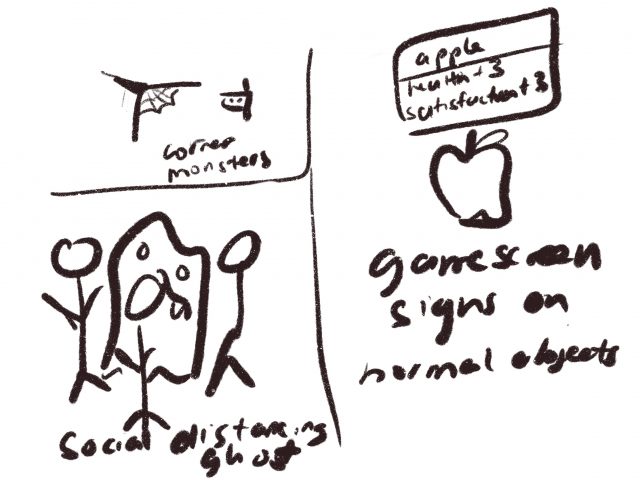
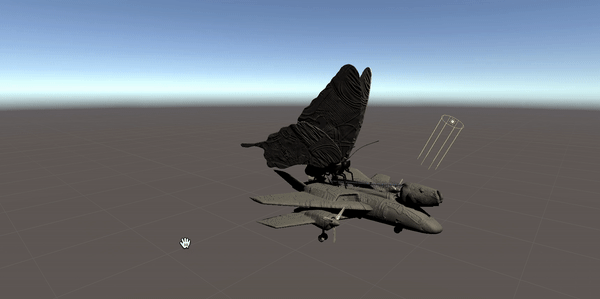


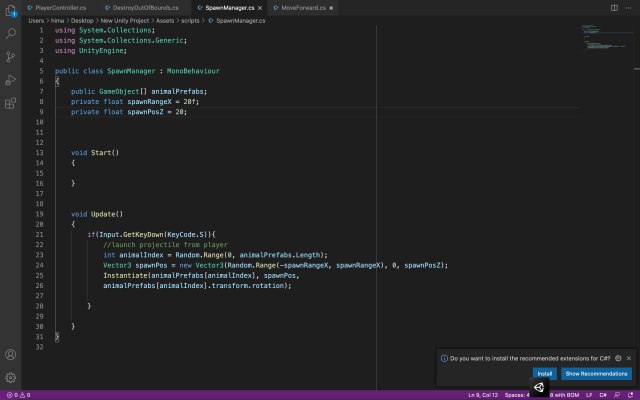

I loved her unique take to 3d vr. I feel like most of the focus is on games but her aesthetics were artistic and whimsical which is a unique approach to the field.
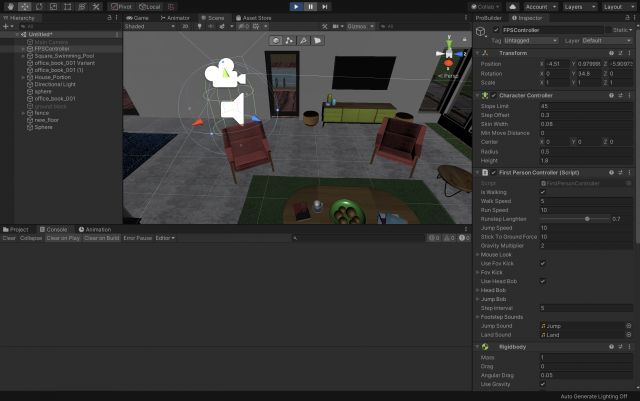
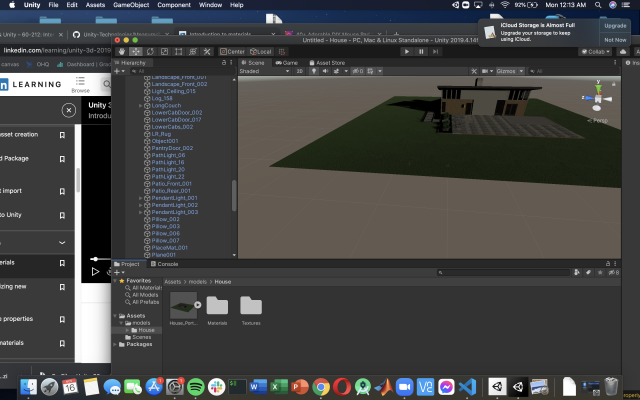

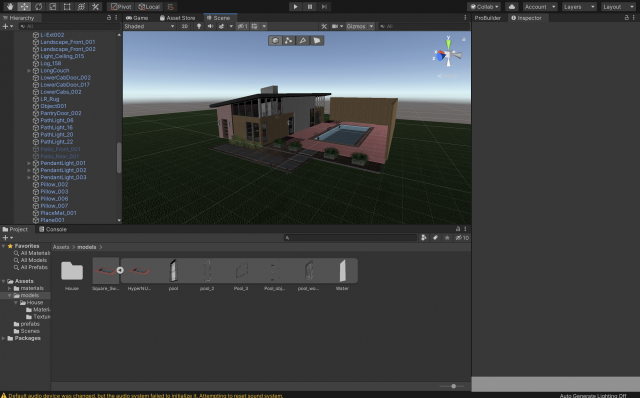




Google took the data from google maps to create a very large VR experience of the world. It could be a cultural teaching tool, immersive geography, a way to study architecture and much more. As a learning device it is boundless. HoweverIn Covid times, this as close to going to Florence or Japan as most people can get. Considering the data is from life it provides a nice alternative to being there. As it stands this tool is on the near edge of the uncanny valley. It is not close to realism at all.
I chose this project:
https://artsexperiments.withgoogle.com/runwaypalette
Where Google Lab worked with Business of Fashion to grab and clusters thousands of color palettes seen on fashion runways. I could stay on this site for days. I love fashion and this site has inspiration organized in an interesting way. Normally users go through different runway lines by designer, but this color palette organizational style is useful to laymen rather than designers.
(small comment: whoever trained the machine learning model to pull the color palettes did not teach it to ignore skin color and this biases the entire color space to neutral tones)
Here is the entire color space:

Here is an example palette:
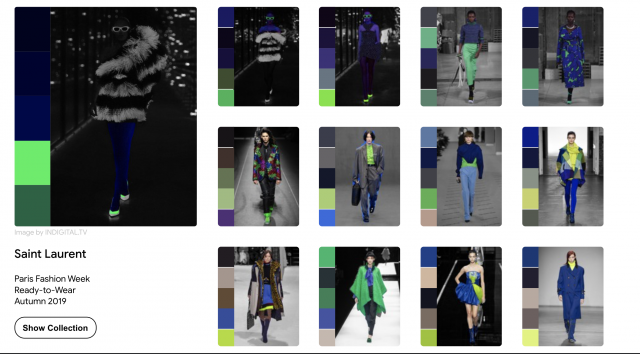
The model was not given an “environment” class which just composes images it is not supposed to recognize as other classes. As such, it recognizes empty space as car keys even if there are no car keys present.
I am pretty impressed by how quickly this model is created with reasonable results. Reminds me of the quick training models that azure custom vision offers.
